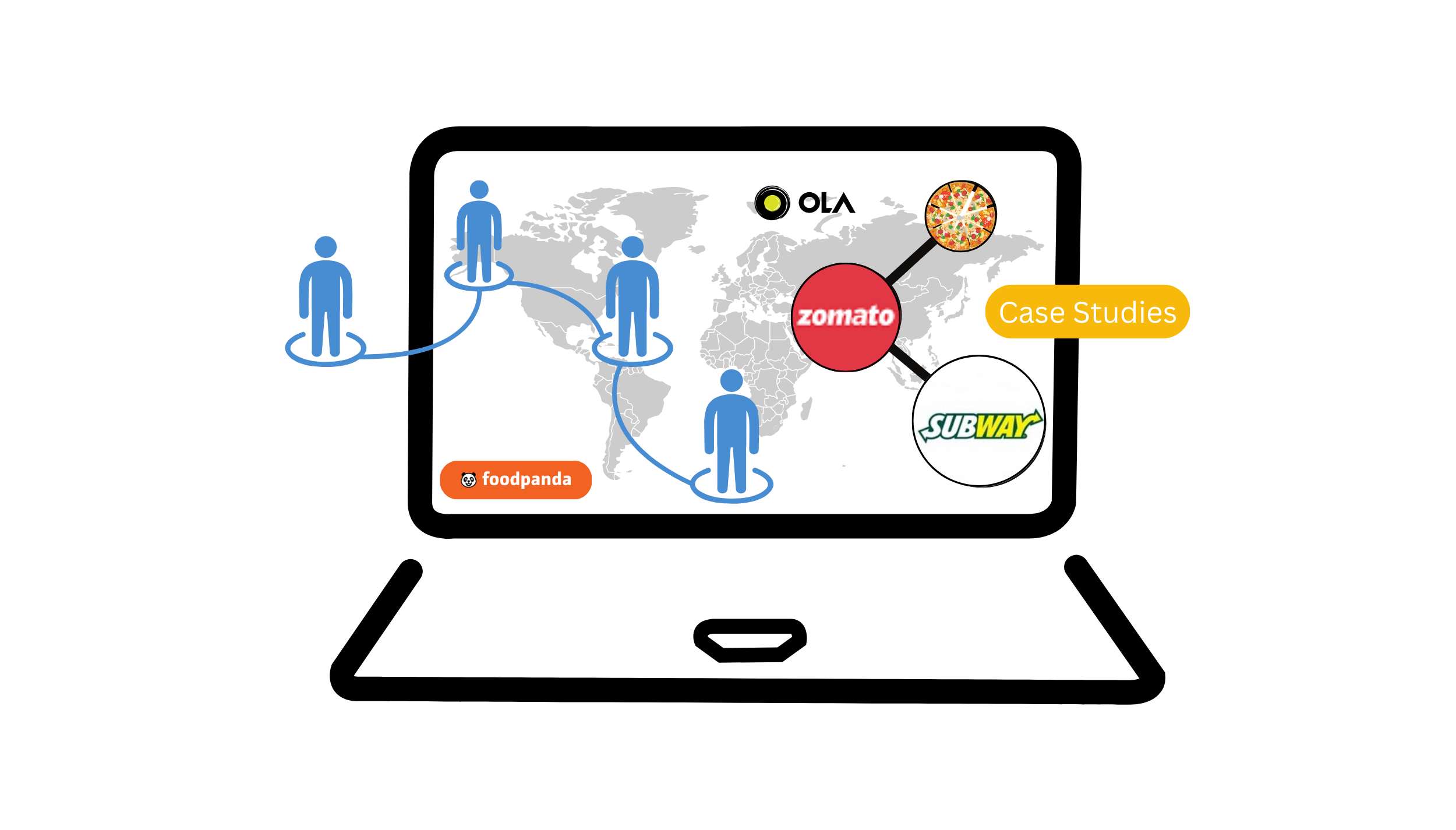Addressable advertising is a highly targeted form of digital advertising that delivers personalized ads to specific consumers or households. It leverages unique identifiers, such as IP addresses, device IDs, or anonymized audience data, to match ads with individual user profiles or segments. This precision targeting moves beyond broad demographics, enabling advertisers to present highly relevant messages that improve engagement, reduce waste, and enhance the overall effectiveness of campaigns across multiple channels.
Frequently Asked Questions
Q1. How does addressable advertising balance personalization with user privacy concerns?
It balances privacy by often relying on aggregated or anonymized data, opt-in consent, and adhering to privacy regulations (like GDPR/CCPA), focusing on delivering relevant ads without compromising individual identity.
Q2. What are the key advantages of using addressable advertising over traditional mass media advertising?
Key advantages include higher relevance, reduced ad waste, improved ROI, and the ability to measure campaign effectiveness more precisely due to its direct targeting capabilities compared to broad reach.
Q3. Is addressable advertising only applicable to online campaigns, or can it extend to TV and other media?
While prominent online, addressable advertising is increasingly expanding to connected TV (CTV), digital out-of-home (DOOH), and even direct mail, using data to personalize delivery across diverse channels.
Q4. How do advertisers typically acquire the "identifiers" used for addressable advertising?
Identifiers are acquired through various means, including first-party customer data, third-party data providers, data management platforms (DMPs), and ad tech platforms that aggregate and anonymize user information.
















